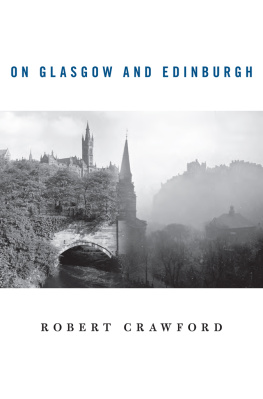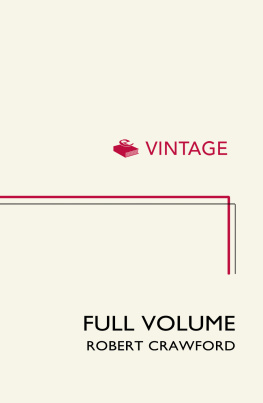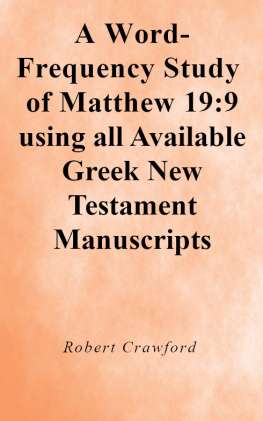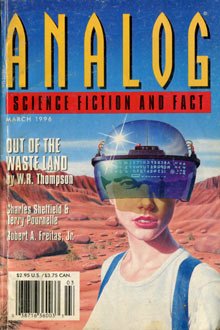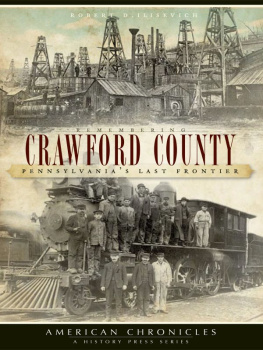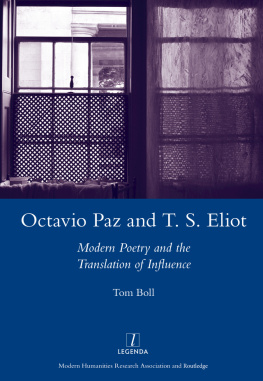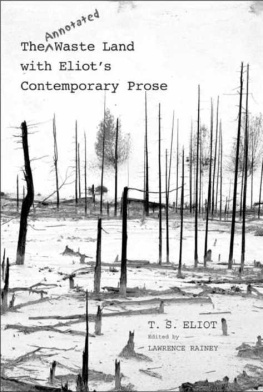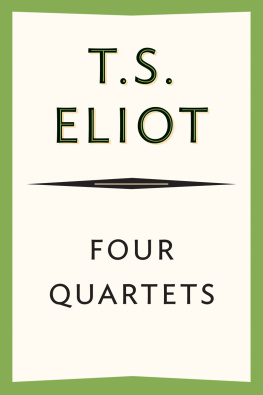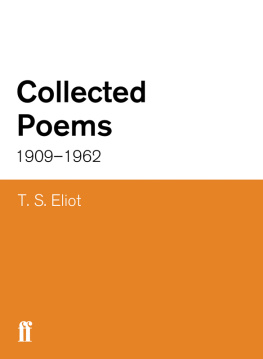Robert Crawford - Eliot After The Waste Land
Here you can read online Robert Crawford - Eliot After The Waste Land full text of the book (entire story) in english for free. Download pdf and epub, get meaning, cover and reviews about this ebook. year: 2022, publisher: FarrarStraus, genre: Detective and thriller. Description of the work, (preface) as well as reviews are available. Best literature library LitArk.com created for fans of good reading and offers a wide selection of genres:
Romance novel
Science fiction
Adventure
Detective
Science
History
Home and family
Prose
Art
Politics
Computer
Non-fiction
Religion
Business
Children
Humor
Choose a favorite category and find really read worthwhile books. Enjoy immersion in the world of imagination, feel the emotions of the characters or learn something new for yourself, make an fascinating discovery.

- Book:Eliot After The Waste Land
- Author:
- Publisher:FarrarStraus
- Genre:
- Year:2022
- Rating:5 / 5
- Favourites:Add to favourites
- Your mark:
- 100
- 1
- 2
- 3
- 4
- 5
Eliot After The Waste Land: summary, description and annotation
We offer to read an annotation, description, summary or preface (depends on what the author of the book "Eliot After The Waste Land" wrote himself). If you haven't found the necessary information about the book — write in the comments, we will try to find it.
Eliot After The Waste Land — read online for free the complete book (whole text) full work
Below is the text of the book, divided by pages. System saving the place of the last page read, allows you to conveniently read the book "Eliot After The Waste Land" online for free, without having to search again every time where you left off. Put a bookmark, and you can go to the page where you finished reading at any time.
Font size:
Interval:
Bookmark:
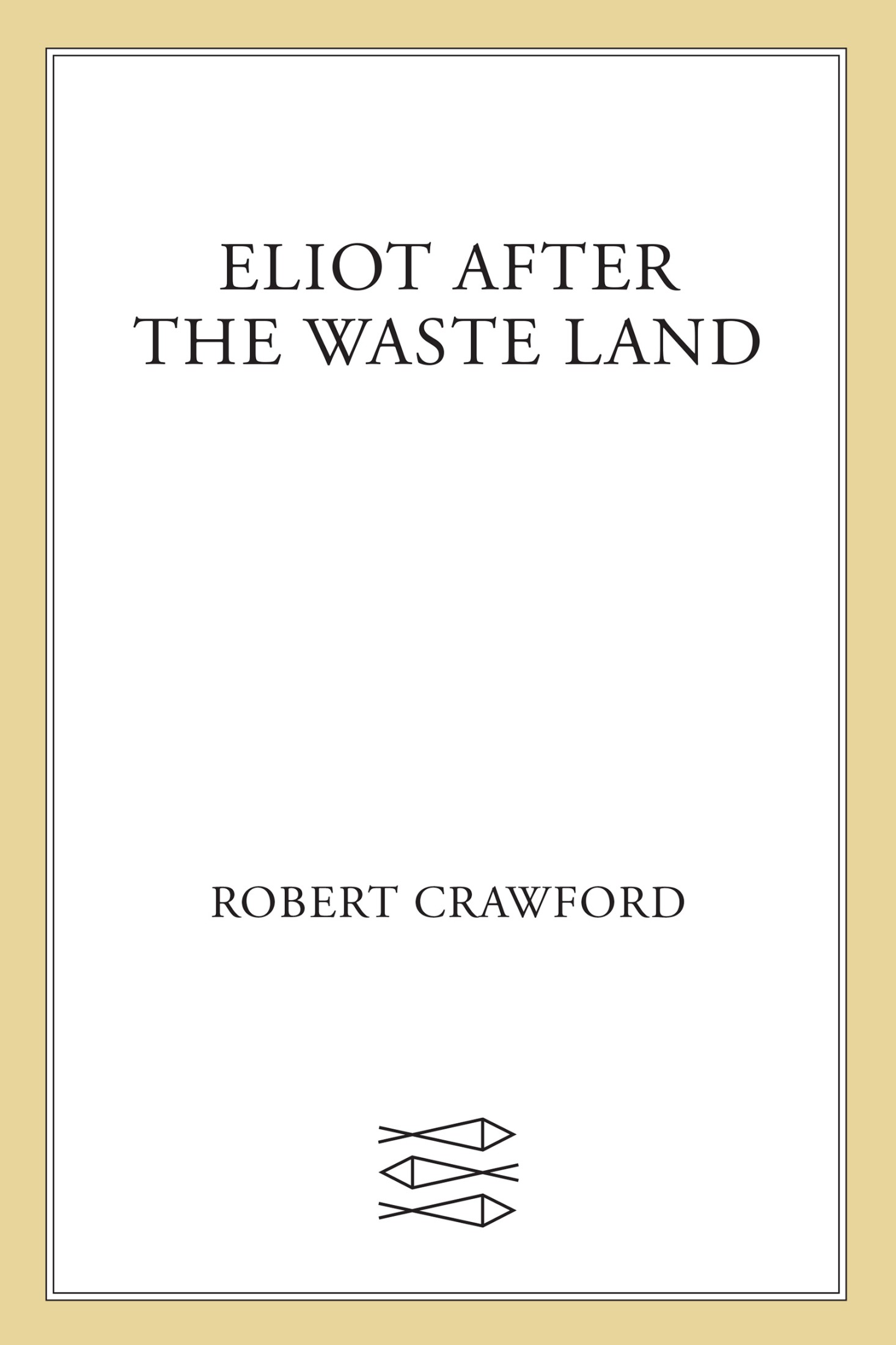

The author and publisher have provided this e-book to you for your personal use only. You may not make this e-book publicly available in any way. Copyright infringement is against the law. If you believe the copy of this e-book you are reading infringes on the authors copyright, please notify the publisher at: us.macmillanusa.com/piracy.
for Alice
with love
T. S. Eliot outside the Faber & Gwyer offices at 24 Russell Square, Bloomsbury. This photograph was taken by his brother Henry.
MS Am2560 (Box 7: 186), Houghton Library, Harvard University; reproduced courtesy of the Houghton Library and with the permission of the T. S. Eliot Estate
T. S. Eliot at his desk at Faber & Gwyer, 1926. This photograph was taken by his brother Henry, and seems to show a marionette hanging from the telephone.
MS Am2560 (Box 7: 187), Houghton Library, Harvard University; reproduced courtesy of the Houghton Library and with the permission of the T. S. Eliot Estate
A studio photograph of Vivien Eliot, inscribed by her to her sister-in-law in 1930.
The T. S. Eliot Estate; reproduced with the permission of the T. S. Eliot Estate
T. S. Eliot, Virginia Woolf and Vivien Eliot, photographed by Leonard Woolf at Rodmell, Sussex, in September 1932.
MS Thr 560 (Box 1: 87), Houghton Library, Harvard University; reproduced courtesy of the Houghton Library and with the permission of the University of Sussex and the Society of Authors as the Literary Representative of the Estate of Leonard Woolf
T. S. Eliot and Vivien Eliot, photographed by Leonard Woolf at Rodmell, Sussex, in September 1932.
MS Thr 560 (Box 1: 90), Houghton Library, Harvard University; reproduced courtesy of the Houghton Library and with the permission of the University of Sussex and the Society of Authors as the Literary Representative of the Estate of Leonard Woolf
Emily Hale performing in a play put on by The Montebanks at Milwaukee-Downer College in 1924.
From the Archives Department, University of Wisconsin-Milwaukee Libraries (Milwaukee-Downer College Records: Series 7, Box 24, Volume 41); reproduced with permission
Emily Hale at Milwaukee-Downer College, circa 19261930.
ARC2015-140, Lawrence University Archives, Appleton, Wisconsin; reproduced with the permission of Lawrence University Archives
Emily Hale at Abbot Academy in 1956.
Commissioned by Phillips Academy, Andover, CC BY-SA 4.0, via Wikimedia Commons, and courtesy of Phillips Academy
One of a series of photographs taken on 4 July 1939 at Much Hadham Hall, Hertfordshire, on the occasion of a farewell party for the Morley family, who were leaving for the United States. Left to right in the back row are Richard de la Mare, Catherine de la Mare, Christina Morley, Frank Morley and Geoffrey Faber; in the middle row are the children Catherine de la Mare and Donald Morley; in front is T. S. Eliot.
Faber & Faber Archives; reproduced with the permission of Faber & Faber
Emily Hale with flowers in 1935, probably taken by T. S. Eliot, who called this photograph a masterpiece when he sent it to Emilys friend Jeanette McPherrin.
The T. S. Eliot Estate; reproduced with the permission of the T. S. Eliot Estate
T. S. Eliot and Emily Hale at Woods Hole, Massachusetts, in 1936.
Ruth George Collection of T. S. Eliot, Ella Strong Denison Library, Scripps College; reproduced with the permission of Scripps College
The sloping rear garden of Stamford House, Chipping Campden. The yew tree (no longer present today) is visible at the top of this picture, which is taken roughly from the back door of the house, probably in the 1930s and possibly by Eleanor Malby, who was friendly with Emily Hales aunt Edith Carroll Perkins.
Reginald A. Malby / Royal Horticultural Society Lindley Collections; reproduced with the permission of the Royal Horticultural Society
The rear garden of Stamford House, Chipping Campden, looking towards the back door of the house, probably photographed in the 1930s and possibly by Eleanor Malby.
Reginald A. Malby / Royal Horticultural Society Lindley Collections; reproduced with the permission of the Royal Horticultural Society
A group in the living room at Shamley Wood, Shamley Green, Surrey, around 1941. Left to right: Constance Moncrieff, Mappie Mirrlees, Hettie James (with tray), Ellen James, Hope Mirrlees, T. S. Eliot.
The T. S. Eliot Estate; reproduced with the permission of the T. S. Eliot Estate
The label inside Mappie Mirrleess copy of For Lancelot Andrewes.
Private collection; reproduced with the permission of the owner
Mary Trevelyan, photographed by Elliott & Fry, probably in the 1930s.
National Portrait Gallery, London; reproduced with the permission of the National Portrait Gallery
Shy, smoking and wearing his Order of Merit, T. S. Eliot, recipient of an honorary degree, talks with nineteen-year-old Schlin Andrade-Thompson after a rectorial ball at St Andrews University in April 1953.
Private collection; reproduced courtesy of Schlin Tipping and with the permission of the owner
Valerie Eliot photographed by Angus McBean in 1957.
Angus McBean Photograph (MS Thr 581) Harvard Theatre Collection, Houghton Library, Harvard University; reproduced with permission
T. S. and Valerie Eliot photographed by Angus McBean in 1957.
Angus McBean Photograph (MS Thr 581) Harvard Theatre Collection, Houghton Library, Harvard University; reproduced with permission
T. S. Eliot photographed in Brighton by Valerie Eliot, 195960.
The T. S. Eliot Estate; reproduced with the permission of the T. S. Eliot Estate
ON a wintry day in the late 1950s, around the time of his second marriage, T. S. Eliot came downstairs from his publishing-house office in Londons Russell Square and noticed a restless baby in a pram. The little daughter of Frank and Patricia Herrmann had been left in the office foyer, close to the receptionist, and had kicked off her blankets. When the Herrmanns returned, seeing no pram, they began to panic. Where has the pram gone?, Patricia Herrmann shouted, but the receptionist calmed her, explaining that the poet had seen little Camilla looking unsettled, and had tucked her up, then taken the pram outside to push it round Russell Square. Twenty-first-century readers may be disturbed by this momentary abduction as a gesture of appropriation and control, or touched by it as a small example of observant kindness. Whether, as the Herrmanns did later, they speculate that the experience may have represented a vicarious substitute for unfulfilled parenthood, and whether or not readers choose to relate it to his poetry, is a matter for each individual. Chronicled much later by Frank Herrmann, and in our own century detailed by Christopher Ricks and Jim McCue in their annotated text of The Poems of T. S. Eliot, this was a revealing action performed by the elderly poet, publisher, and internationally lauded man of letters. But it may be more appropriate to regard it as something done by the man whom his family simply called Tom.
Both in America, where he had been born in 1888, and in England, where he lived from his twenty-sixth year, many people found it hard to get to know this poet on familiar terms. Even if they did so, some were unsure what to call him. Will he become Tom? Virginia Woolf had wondered in 1921, after she had known him for well over two years. That is why, throughout, I call him Tom.
Font size:
Interval:
Bookmark:
Similar books «Eliot After The Waste Land»
Look at similar books to Eliot After The Waste Land. We have selected literature similar in name and meaning in the hope of providing readers with more options to find new, interesting, not yet read works.
Discussion, reviews of the book Eliot After The Waste Land and just readers' own opinions. Leave your comments, write what you think about the work, its meaning or the main characters. Specify what exactly you liked and what you didn't like, and why you think so.

